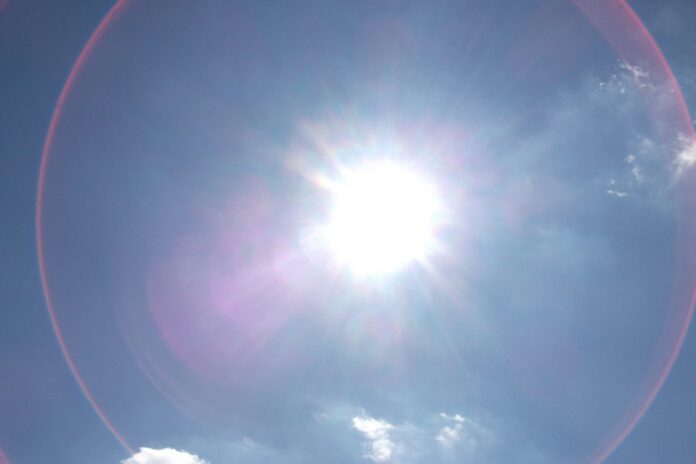The city experienced eleven consecutive nights with temperatures above 20°C, a record that illustrates the intensity of this summer’s heatwave in the Alpes-Maritimes, according to Météo-France’s report.
The heatwave that hit France between August 8 and 18, 2025, will be remembered. Météo-France describes it as an “exceptional” event. In the south of the country, and especially on the Côte d’Azur, nighttime temperatures offered no relief. Nice holds the unfortunate record for the highest number of tropical nights, eleven in total.
In Nice, the temperature did not drop below 20°C during the entire duration of the heatwave. This situation weighed on the daily lives of residents, forced to endure sweltering nights. The Alpes-Maritimes stand out as one of the most affected departments, alongside Hérault and Pyrénées-Orientales, which experienced the same series of tropical nights.
In the Var, Fréjus recorded nine such nights. In Toulouse and Istres, the count stopped at ten. Further west, Carcassonne and Montélimar had seven hot nights, while Nîmes experienced eight.
This lack of nighttime coolness complicates rest and weakens vulnerable individuals. In 2003, the heat caused more than 15,000 deaths in France, highlighting the impact of these episodes on public health.
The thermometer above 40°C in the south
At the peak of the wave, maximum temperatures repeatedly exceeded the symbolic threshold of 40°C. Carcassonne, Toulouse, Agen, Montauban, and Bordeaux experienced two consecutive days above 40°C. In some cases, this threshold was crossed multiple times during the episode.
According to Météo-France, the 40°C threshold was reached or exceeded 32 times in August 2025, compared to only five times between 1951 and 1980. The trend is clear: these extremes are becoming more frequent.
In the Alpes-Maritimes, maximum temperatures exceeded 35°C on several occasions. The humidity and lack of nighttime cooling made it even more difficult to endure these conditions.
The 2025 episode is compared to the 2003 heatwave, remembered as the most dramatic. But there are notable differences: in 2003, the entire country suffered from extreme temperatures. In 2025, the contrast was clear between north and south. Paris did not exceed 35°C, while Bordeaux and Toulouse surpassed 41°C.
Nevertheless, forecasters highlight the duration of the August 2025 heatwave: eleven consecutive days. It is the second-longest heatwave for an August since 1947, behind that of 2003, which lasted sixteen days.
The summer of 2025 had two heatwave episodes, with a total of 27 days under alert. This number places this season in second place for summers most marked by heatwaves, behind 2022 with its 33 days.
A phenomenon set to repeat?
Météo-France notes that heatwaves are becoming more frequent. Of the 51 episodes recorded since 1947, 34 have occurred after 2000. Climate change is identified as a direct factor in this intensification.
For the residents of the Nice region, this new heatwave raises questions. How to adapt the city to nights without respite? What measures to implement to protect the most vulnerable? These are recurring questions every summer, and this report echoes them anew.
In Nice, where temperatures have consistently crossed a symbolic threshold, the conclusion is clear: adapting to climate change is becoming a local necessity.


